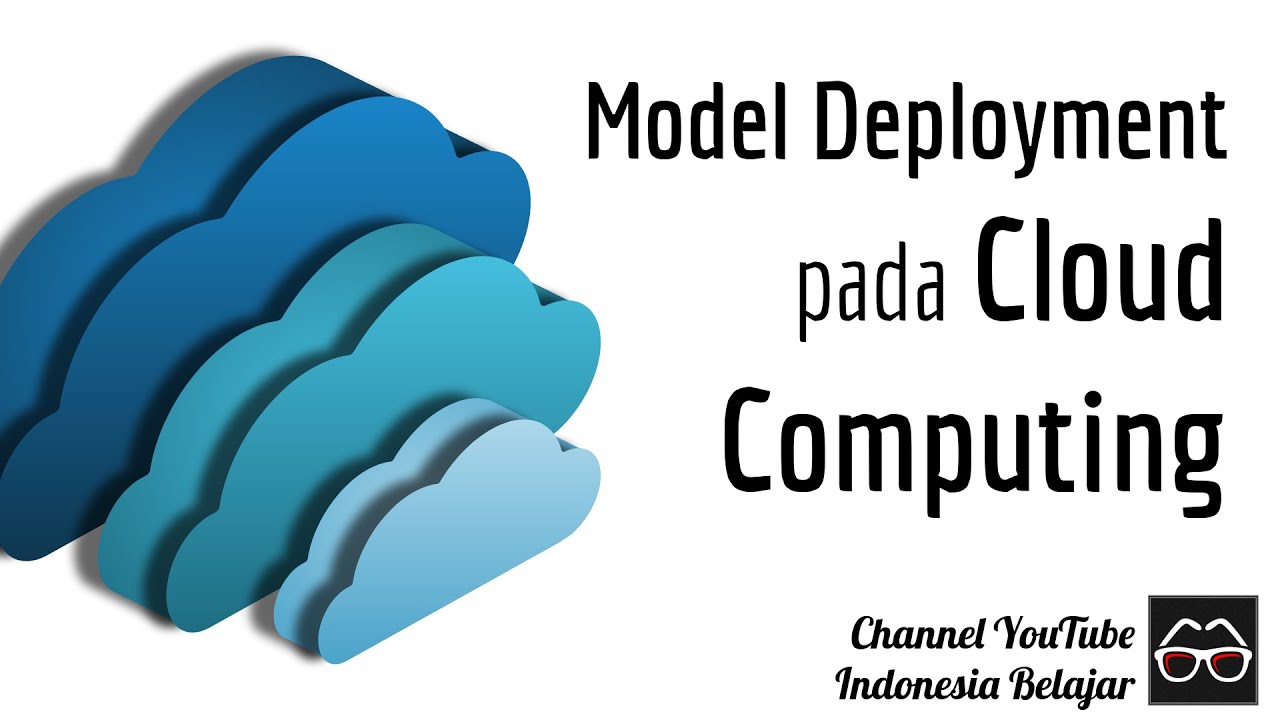2 3 1 Hybrid multi-cloud
Summary
TLDRThis video script explores hybrid multi-cloud computing, combining private and public clouds for optimal application performance. Use cases include cloud scaling for a flower delivery service to manage demand spikes, creating composite clouds for global scalability, and modernizing airline reservation systems. It also discusses leveraging AI and data analytics to predict and prevent flight delays, enhancing user satisfaction and operational efficiency.
Takeaways
- 🌐 Hybrid cloud combines on-premise private cloud with third-party public cloud to create a unified infrastructure for applications.
- 🌈 Multi-cloud involves using a mix of cloud models from different providers, including public, private, and managed services.
- 💼 A hybrid multi-cloud approach allows businesses to leverage the best services from multiple cloud providers for seamless application and workload management.
- 📈 Cloud scaling is a key reason for cloud adoption, enabling businesses to scale up during peak loads and scale down when not needed, reducing upfront costs.
- 💬 Composite cloud refers to applications spread across multiple cloud environments, allowing for localized scaling and optimization.
- 🌹 The example of a flower delivery service illustrates how hybrid or multi-cloud can be used to scale different components of an application globally.
- ✈️ The airline industry uses hybrid and multi-cloud for modernization, creating new user experiences like mobile apps that interact with legacy systems.
- 🔄 In the event of flight delays, cloud-based recommendation features can help airlines rebook passengers quickly, improving customer satisfaction.
- 🔮 Data and AI initiatives in the airline industry leverage historical data to predict and prevent unplanned maintenance, enhancing efficiency.
- 🔒 Adopting a hybrid multi-cloud strategy can prevent vendor lock-in, providing businesses with the flexibility to move workloads between cloud platforms as needed.
Q & A
What is the primary difference between hybrid cloud and multi-cloud?
-Hybrid cloud connects an organization's on-premise private cloud with third-party public cloud into a single infrastructure, while multi-cloud involves using a mix of cloud models from different providers, including public, private, and managed services.
Why might a business choose to use a hybrid multi-cloud approach?
-A hybrid multi-cloud approach allows businesses to leverage the best of different cloud models and services from various providers, ensuring seamless operation of applications and workloads across multiple clouds.
Can you provide an example of cloud scaling from the script?
-Yes, the script mentions a flower delivery service that scales up its on-premise infrastructure during peak times, like holidays, by using cloud services to handle increased load without incurring upfront costs.
What is a composite cloud and how does the flower delivery service use it?
-A composite cloud is an application spread across multiple cloud environments. The flower delivery service uses it by running parts of their application in a North American data center to handle increased load during holidays like Veterans Day or Thanksgiving.
How does the airline industry benefit from modernization using cloud services?
-The airline industry can modernize by creating mobile applications that connect to reservation systems running on-premise, offering new user experiences and improving customer satisfaction.
What is a key source of dissatisfaction for airline customers that cloud services can help address?
-Flight delays are a key source of dissatisfaction. Cloud services can enable airlines to quickly recommend and book new flights when delays occur, improving the customer experience.
How does the airline industry use data and AI with cloud services?
-The industry uses historical data and AI capabilities in the cloud to perform predictive analytics, identifying potential issues before they cause unplanned maintenance or delays, thus improving efficiency.
What is one of the main reasons for adopting cloud computing mentioned in the script?
-One of the main reasons is cloud scaling, which allows businesses to scale up resources during peak demand and deprovision them when not needed, avoiding upfront costs.
Why might a business want to avoid being locked into a single cloud provider?
-A business might want to avoid vendor lock-in to maintain flexibility and the ability to move workloads between cloud platforms as their needs change.
What is another use case for hybrid and multi-cloud platforms mentioned in the script?
-Another use case is the ability to prevent lock-in to a specific vendor's cloud platform and have the flexibility to move workloads between different cloud platforms as needed.
What will be discussed in the next video according to the script?
-The next video will cover microservices architecture, including its features, benefits, and use cases.
Outlines

هذا القسم متوفر فقط للمشتركين. يرجى الترقية للوصول إلى هذه الميزة.
قم بالترقية الآنMindmap

هذا القسم متوفر فقط للمشتركين. يرجى الترقية للوصول إلى هذه الميزة.
قم بالترقية الآنKeywords

هذا القسم متوفر فقط للمشتركين. يرجى الترقية للوصول إلى هذه الميزة.
قم بالترقية الآنHighlights

هذا القسم متوفر فقط للمشتركين. يرجى الترقية للوصول إلى هذه الميزة.
قم بالترقية الآنTranscripts

هذا القسم متوفر فقط للمشتركين. يرجى الترقية للوصول إلى هذه الميزة.
قم بالترقية الآنتصفح المزيد من مقاطع الفيديو ذات الصلة

Cloud Computing Deployment Models - Private Cloud, Hybrid Cloud, and Multicloud

Cloud 04 | Deployment Model pada Cloud Computing | Belajar Cloud Computing | Komputasi Awan

Cloud Models - CompTIA A+ 220-1001 - 4.1

Cloud Computing In 6 Minutes | What Is Cloud Computing? | Cloud Computing Explained | Simplilearn

Cloud Engineer: Apache CloudStack - Install, Build and Run IaaS Cloud

Hybrid Cloud Explained
5.0 / 5 (0 votes)
